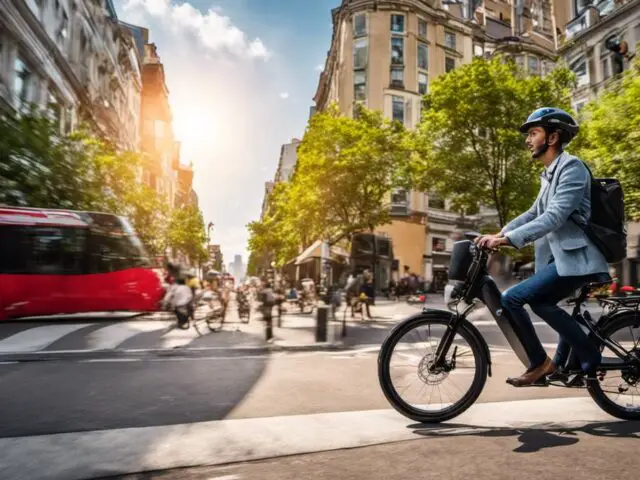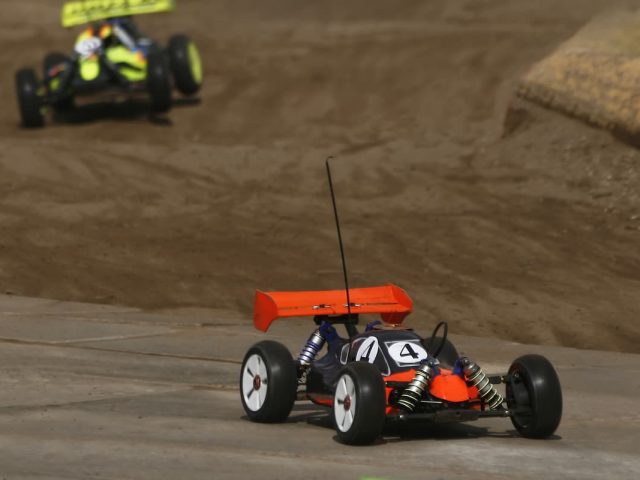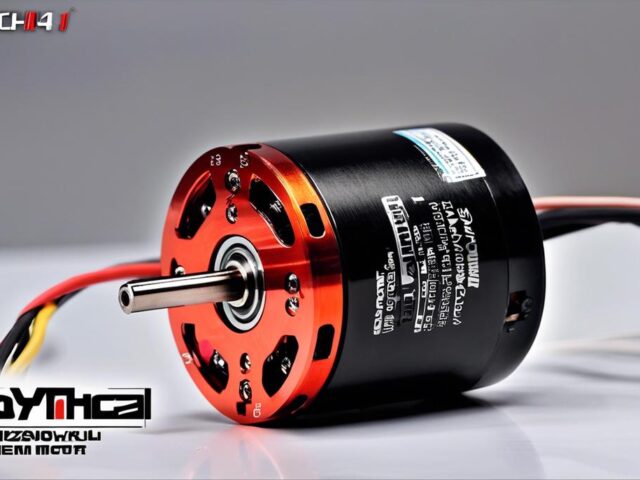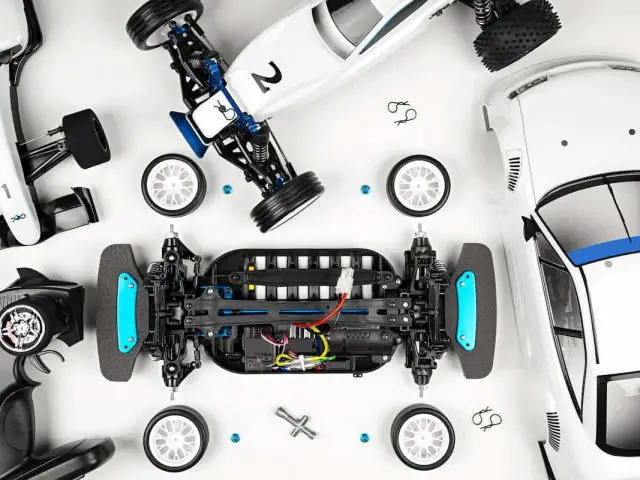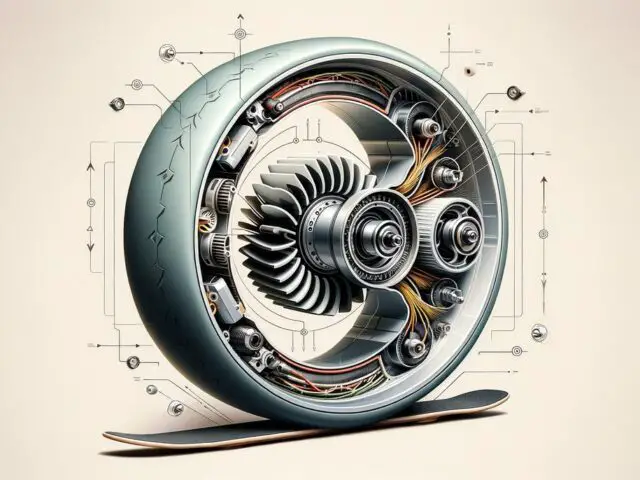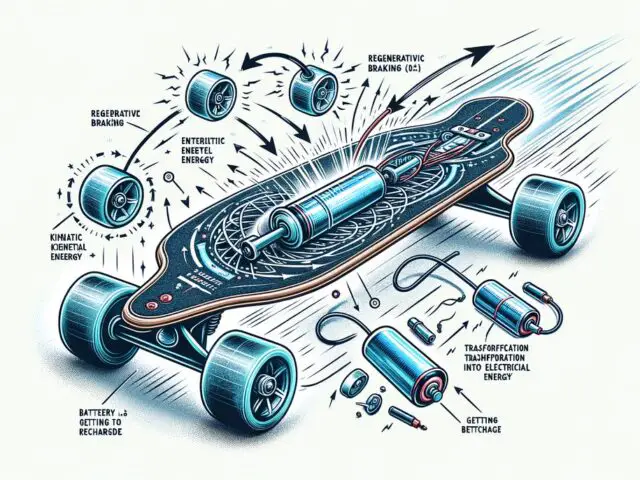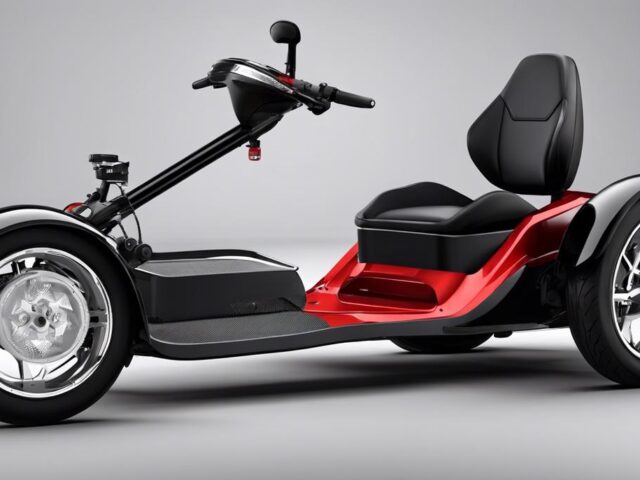E-bikes, or electric bicycles, have become increasingly popular in recent years as a mode of transportation and a recreational activity. With their ability to assist riders in pedaling and make difficult terrains more manageable, e-bikes have opened up a world of possibilities for cyclists. However, with the rise in popularity comes the complexity of understanding the various power systems that e-bikes use. From hub motors to mid-drive systems, it can be overwhelming for beginners to navigate the world of e-bike power systems. Whether you’re a beginner or an experienced rider, this guide will provide you with all the information you need to understand and make the most of your e-bike’s power system. This knowledge is crucial for any e-bike enthusiast, providing a comprehensive guide to maximize your riding experience while ensuring your bike’s longevity.
Understanding Different Types of E-bikes
There are many different types of e-bikes available on the market, each with its own unique features and benefits. Here are some of the most popular types of e-bikes:
- Commuter e-bikes: Commuter e-bikes are designed for everyday riding, such as commuting to work or school. They are typically lightweight and easy to maneuver, and they offer a range of pedal assist modes to help you get around without breaking a sweat.
- Mountain e-bikes: Mountain e-bikes are designed for off-road riding. They have powerful motors and suspension systems that can handle even the most challenging terrain. Mountain e-bikes are a great option for riders who want to explore the outdoors without having to worry about getting tired.Opens in a new windowwww.amazon.comMountain ebike
- Fat tire e-bikes: Fat tire e-bikes have oversized tires that make them ideal for riding on sand, snow, and other rough terrain. They are also very comfortable to ride, making them a good option for riders of all ages and fitness levels.
- Cargo e-bikes: Cargo e-bikes are designed for carrying passengers or cargo. They have large frames and powerful motors that can handle heavy loads. Cargo e-bikes are a great option for families or businesses that need a versatile and reliable transportation option.Folding e-bikes: Folding e-bikes are designed to be compact and easy to transport. They are a good option for riders who need an e-bike that they can easily take with them on public transportation or store in a small space.
- Speed pedelec e-bikes: Speed pedelec e-bikes are designed for riders who want to travel at speeds of up to 45 km/h (28 mph). They are equipped with powerful motors and batteries that can provide a long range of operation. Speed pedelec e-bikes are a good option for riders who want to use their e-bike for commuting or long-distance touring.
In addition to these main types of e-bikes, there are also a number of specialized e-bikes available, such as e-bikes for racing, touring, and even fishing.
Additional types of e-bikes include:
- Hybrid e-bike: A combination of a commuter e-bike and a mountain e-bike, designed for both on-road and off-road riding.
- Recumbent e-bike: A type of e-bike with a reclined seating position, making them more comfortable to ride for long periods of time.
- Trike e-bike: A three-wheeled e-bike that is more stable and easier to ride than a two-wheeled e-bike.
- E-cargo trike: A cargo e-bike with three wheels, making it ideal for carrying heavy loads.
- E-mountain trike: A mountain e-bike with three wheels, making it more stable and easier to ride on rough terrain.
- E-fat tire trike: A fat tire e-bike with three wheels, making it ideal for riding on sand, snow, and other rough terrain.
When choosing an e-bike, it is important to consider your needs and riding style. If you are unsure which type of e-bike is right for you, it is a good idea to talk to an e-bike expert or try out different types of e-bikes before you buy one.
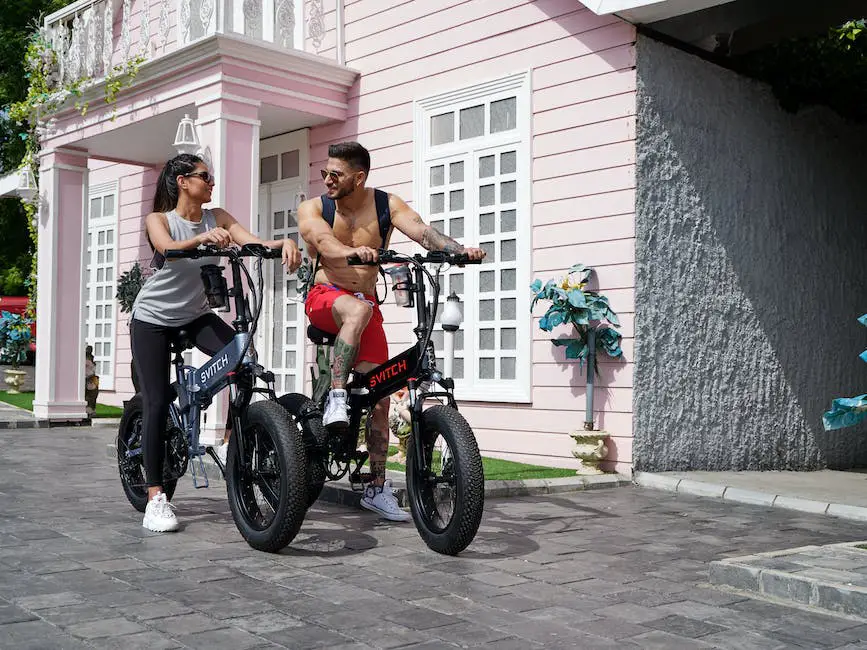
The Basics of E-Bike Power Systems
E-bike power systems can seem complex and overwhelming, especially for beginners. However, understanding the basics is essential in order to make an informed decision when purchasing an e-bike. In this section, we will break down the fundamental elements of e-bike power systems to help you decipher their intricacies.
At the core of every e-bike power system is the battery. The battery provides the energy needed to power the electric motor, and its performance and type play a significant role in the overall functionality of the e-bike. We will explore the different battery types and their respective advantages and disadvantages.
Next, we will delve into the role and function of controllers in e-bikes. Controllers act as the brain of the e-bike, regulating the flow of electricity from the battery to the motor. Understanding how controllers work and their impact on performance will give you a better grasp of how e-bike power systems operate.
Motor technology is another crucial aspect to consider when deciphering e-bike power systems. There are various motor types, such as hub motors and mid-drive motors, each offering different benefits and performance characteristics. We will explore these variations to help you understand which motor technology is best suited for your needs.
Lastly, we will discuss the different sensors used in e-bike power systems, specifically cadence sensors and torque sensors. These sensors play a vital role in determining how the motor assists the rider while pedaling. Understanding the differences between cadence and torque sensors will enable you to choose a power system that matches your desired riding style.
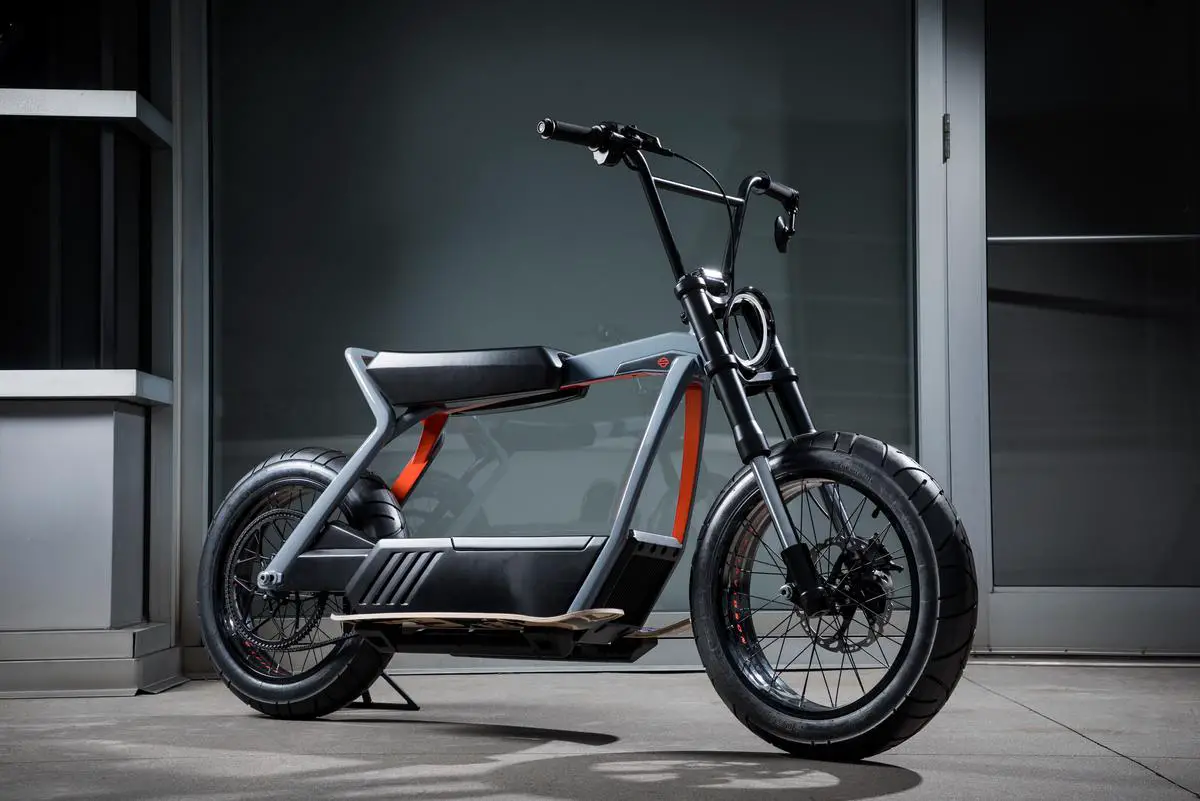
Photo by harleydavidson on Unsplash
Batteries and their Influence on E-Bike Power
Understanding battery performance and types is crucial when it comes to e-bike power systems. The battery is at the core of every e-bike, providing the energy needed to power the electric motor. It plays a significant role in the overall functionality of the e-bike, so it’s important to choose the right battery for your needs.
There are different battery types available for e-bikes, each with its own advantages and disadvantages. One common type is the lithium-ion battery, which offers a good balance between weight, energy density, and cost. They are lightweight and provide high energy capacity, making them ideal for most e-bike applications. Another type is the lead-acid battery, which is cheaper but heavier and has a lower energy density. However, they can still be a suitable choice for certain e-bike riders.
When considering battery performance, factors such as voltage, ampere-hour (Ah) rating, and range need to be taken into account. A higher voltage battery will provide more power, while a higher Ah rating will provide longer runtime. The range of an e-bike battery depends on various factors, including terrain, rider weight, and power-assist level.
Choosing the right battery for your needs ensures optimal performance and a more enjoyable riding experience.
| E-bike battery type | Chemistry | Pros | Cons |
|---|---|---|---|
| Lead-acid | PbA | Low cost, widely available | Heavy, short lifespan, low energy density |
| Nickel-cadmium (NiCd) | NiCd | High power output, durable | Heavy, toxic, expensive |
| Nickel-metal hydride (NiMH) | NiMH | Lightweight, durable, low cost | Lower energy density than lithium-ion batteries |
| Lithium-ion (Li-ion) | Li-ion | High energy density, lightweight, long lifespan | More expensive than other battery types, requires special care to avoid overcharging and undercharging |
| Lithium-ion polymer (LiPo) | Li-ion | Similar to Li-ion batteries, but with a more flexible design | More expensive than Li-ion batteries, more susceptible to damage |
Lithium-ion batteries are the most popular type of e-bike battery because they offer a good balance of high energy density, lightweight design, and long lifespan. However, they are also the most expensive type of e-bike battery.
Lead-acid batteries are the least expensive type of e-bike battery, but they are also the heaviest and have the shortest lifespan. Nickel-cadmium and nickel-metal hydride batteries are a good middle ground between lead-acid and lithium-ion batteries in terms of cost, weight, and performance.
When choosing an e-bike battery, it is important to consider your needs and budget. If you are looking for the lightest and most powerful battery, a lithium-ion battery is the best option. If you are on a tighter budget, a lead-acid or nickel-metal hydride battery may be a better option.
Here are some additional factors to consider when choosing an e-bike battery:
- Voltage: E-bike batteries typically range in voltage from 24V to 72V. The higher the voltage, the more power the battery can provide.
- Capacity: E-bike battery capacity is measured in amp-hours (Ah). The higher the capacity, the longer the battery will last on a single charge.
- Watt-hours: Watt-hours (Wh) are calculated by multiplying the voltage by the capacity. Watt-hours give you a good overall measure of how much energy a battery can store.
- Weight: E-bike batteries can weigh anywhere from a few pounds to over 10 pounds. The weight of the battery is an important factor to consider if you are planning on carrying your e-bike up and down stairs or transporting it in your car.
- Price: E-bike batteries can range in price from a few hundred dollars to over a thousand dollars. The price of the battery will depend on the type of battery, the voltage, the capacity, and the brand.
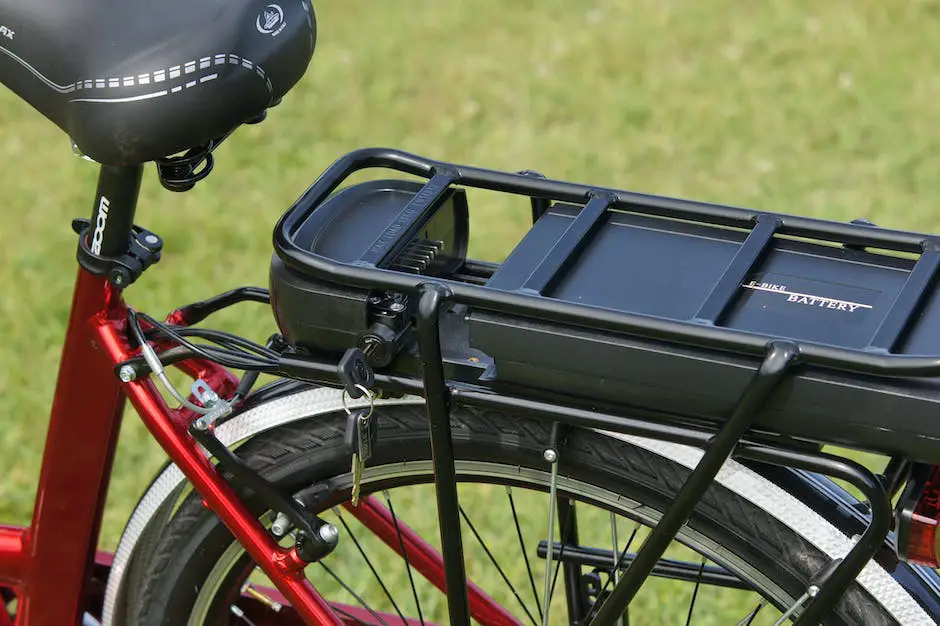
Controllers and E-Bike’s Power Management
Controllers play a crucial role in e-bike power systems, acting as the brain that regulates the flow of electricity from the battery to the motor. Without controllers, the e-bike would not be able to function effectively.
The main function of the controller is to control the power output from the battery to the motor, ensuring that it is distributed smoothly and efficiently. It also manages the different power levels and assists modes that an e-bike may have. By adjusting the power output, controllers allow riders to choose their desired level of assistance, whether it’s a gentle boost or a powerful surge of power.
In addition to managing power output, controllers also provide important safety features. They monitor the battery voltage and temperature to prevent overheating or overcharging, which can damage the battery. Controllers also have built-in protections to prevent short circuits and ensure the overall safety of the e-bike and its rider.
Controllers come in different variations, ranging from simple controllers with basic functions to advanced controllers with advanced features such as LCD displays, Bluetooth connectivity, and customizable settings. The type of controller used will depend on the specific e-bike model and its intended use.
Overall, controllers are a vital component of e-bike power systems, allowing riders to have precise control over their e-bike’s performance and ensuring a safe and efficient riding experience. By understanding the role and function of controllers, riders can make informed decisions when choosing an e-bike that best suits their needs and preferences.

Delving into Motor Technology and Variations
When it comes to e-bike power systems, motor technology is a crucial aspect that riders need to understand. The motor is responsible for converting electrical energy from the battery into mechanical power that propels the e-bike forward. Different motor types offer unique benefits and performance characteristics, so it’s important to delve into the variations to find the one that best suits your needs.
One popular motor type is the hub motor, which is located in the hub of either the front or rear wheel. Hub motors are known for their simplicity and reliability, as well as their ability to provide direct drive power. They are ideal for casual riders or those looking for a smooth and effortless riding experience.
On the other hand, mid-drive motors are located near the bike’s cranks, transferring power directly to the chain and drivetrain. These motors offer better weight distribution, allowing for more balanced handling and improved traction. Mid-drive motors are commonly used in performance-oriented e-bikes, providing a natural and responsive riding experience.
Overview of E-Bike Sensors: Cadence Vs. Torque
When it comes to e-bike power systems, understanding the role of sensors is crucial for unlocking the full potential of your ride. Two common types of sensors used in e-bikes are cadence sensors and torque sensors. Let’s take a closer look at each sensor and their impact on your riding experience.
Cadence sensors measure the speed at which the rider is pedaling. These sensors provide information to the motor about the rider’s cadence, allowing it to provide assistance accordingly. Cadence sensors are typically found in entry-level e-bike power systems and provide a predetermined level of assistance based on the rider’s pedaling speed. They offer a straightforward and intuitive riding experience, perfect for those looking for a consistent level of assistance without much customization.
On the other hand, torque sensors measure the amount of force the rider is exerting on the pedals. This sensor provides real-time feedback to the motor, adjusting the power assistance based on the rider’s effort. Torque sensors offer a more natural and dynamic riding experience, providing seamless assistance that matches the rider’s input. With torque sensors, the e-bike responds intuitively to your pedaling, giving you a more connected and engaging ride.
Deciding between cadence sensors and torque sensors ultimately comes down to personal preference and riding style. If you prefer a consistent level of assistance without the need for fine-tuning, cadence sensors are a suitable choice. However, if you crave a more natural and responsive ride, torque sensors will provide the immersive experience you’re looking for.
Factors Affecting an E-Bike’s Power Output
When it comes to an e-bike’s power output, there are several factors that come into play. Understanding these factors is crucial for optimizing the performance and efficiency of your e-bike.
One major factor that affects an e-bike’s power output is the battery voltage. Higher voltage batteries generally provide more power, allowing for faster acceleration and better hill-climbing capabilities. On the other hand, lower voltage batteries may result in a less powerful ride.
The motor type also plays a significant role in an e-bike’s power output. Different motor types have varying power outputs, with mid-drive motors typically offering higher torque and better performance on steep hills. Hub motors, on the other hand, provide a more direct drive power and are generally more suitable for casual riding or flat terrain.
The terrain and riding conditions can also impact an e-bike’s power output. Riding uphill or on rough terrain requires more power from the motor, resulting in a higher power output. Conversely, riding on flat or smooth terrain requires less power, resulting in a lower power output.
Finally, the rider’s weight and pedaling effort can affect an e-bike’s power output. Heavier riders or riders who exert more effort while pedaling may require more power from the motor, resulting in a higher power output.
Tips on Maintaining Your E-Bike Power System Efficiently
To ensure that your e-bike power system remains efficient and reliable, it’s essential to perform regular maintenance. Here are some tips to help you maintain your e-bike power system effectively:
- Keep your battery in optimal condition: Properly charge and store your battery to extend its lifespan. Avoid extreme temperatures and try to maintain a charge level between 20% and 80%. Clean the battery contacts regularly to ensure a good connection.
- Inspect and clean your motor: Regularly check for any debris or dirt on your motor, especially if you ride off-road. Clean it with a soft brush and a mild cleaning solution. Also, lubricate the moving parts of your motor as recommended by the manufacturer.
- Check and tighten all connections: Ensure that all cables, wires, and connectors are secure and free from corrosion. Loose connections can result in power loss or system failure. Regularly inspect these components and tighten them if necessary.
- Monitor your tire pressure: Maintaining proper tire pressure not only improves performance but also ensures a smooth and efficient ride. Check the tire pressure regularly and inflate them according to the manufacturer’s recommendations.
- Schedule professional servicing: Periodically, take your e-bike to a professional for a comprehensive check-up. They can inspect the entire power system, including the battery, motor, and controller, and make any necessary adjustments or repairs.
By following these maintenance tips, you can ensure that your e-bike power system remains efficient and performs at its best. Taking care of your e-bike will prolong its lifespan and enhance your overall riding experience. So make maintenance a priority and enjoy the benefits of your e-bike for years to come.
Troubleshooting Common E-Bike Power-Related Problems
Power-related problems can occasionally occur with e-bikes. Here are some common issues and troubleshooting steps to help you address them:
- Battery Not Charging:
- Check the Connection: Ensure the charger is properly connected to both the battery and the power source.
- Inspect the Charger: Confirm that the charger is not damaged or malfunctioning.
- Battery Health: If the battery is old, it may need to be replaced as e-bike batteries have a limited lifespan.
- Insufficient Range:
- Check Battery Health: Batteries degrade over time. If your e-bike has many charge cycles, it may not hold a full charge. Consider replacing the battery.
- Tire Pressure: Under-inflated tires can increase rolling resistance, reducing range. Ensure your tires are properly inflated.
- Weight: Carrying excessive cargo or being significantly overweight may decrease the e-bike’s range.
- E-Bike Won’t Start:
- Check the Battery: Make sure the battery is charged and securely connected to the e-bike.
- Power Button: Verify that the e-bike’s power button is turned on.
- Key and Lock: If your e-bike uses a key to activate, ensure the key is inserted correctly and turned on.
- Motor Not Responding:
- Error Codes: Consult your e-bike’s user manual for error codes and their meanings. This can help diagnose specific issues.
- Inspect Wiring: Check for loose or damaged wires and connections between the battery, motor, and controller.
- Motor Overheating: Overheating can cause the motor to shut down. Allow it to cool down and avoid prolonged heavy use.
- Loss of Power During Riding:
- Check Battery Charge: Insufficient battery charge can cause a loss of power. Monitor the battery level during your ride.
- Overload: E-bikes have weight limits. Overloading the bike may cause power loss.
- Check for Error Codes: If the e-bike displays error codes, consult the user manual for troubleshooting guidance.
- Inconsistent Speed or Power:
- Check Settings: Some e-bikes have multiple power assist levels. Make sure you’re using the correct setting for your desired speed and power output.
- Brake Engagement: Ensure that the brake levers are not being squeezed, which can cut power to the motor as a safety feature.
- Pedal Assist Sensor: Check the pedal assist sensor for damage or misalignment. It may need adjustment or replacement.
- Throttle Malfunction:
- Inspect the Throttle: Check the throttle for damage or wear. It may need replacement.
- Wiring: Ensure the throttle wiring and connectors are secure and undamaged.
- No Lights or Display:
- Check the Connection: Verify that all cables and connectors between the display and battery are properly connected.
- Faulty Display: If the display is not functioning, it may need to be replaced.
- Sudden Power Surges or Cuts:
- Controller Issues: Sudden surges or cuts in power could be due to a faulty controller. Check for loose connections and replace the controller if necessary.
- Wiring: Inspect all wiring for wear and damage, as this can cause intermittent power issues.
If you encounter persistent power-related problems that you cannot resolve, it’s advisable to contact the manufacturer or a qualified e-bike technician for assistance. Regular maintenance and periodic checks of your e-bike’s components can also help prevent many of these issues from occurring in the first place.
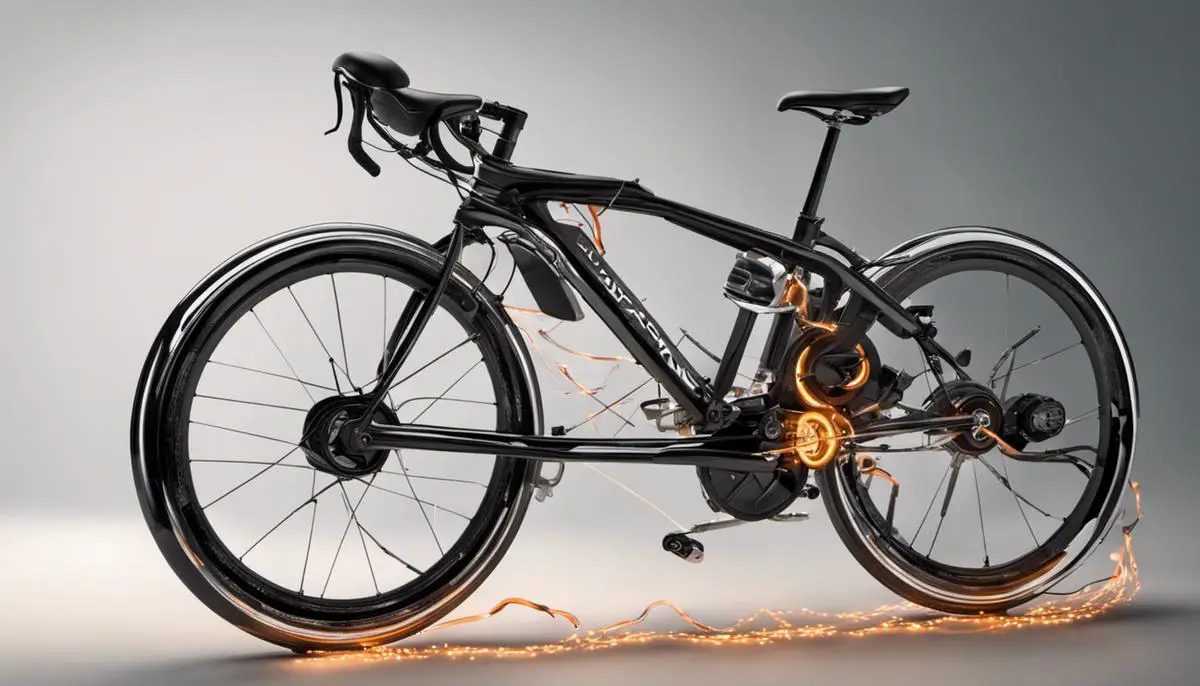
Understanding how batteries influence an e-bike’s power, and how controllers manage their efficient application, is crucial towards comprehending the larger picture of e-bike longevity and performance. Furthermore, having the means to troubleshoot common issues not only saves time but also gives e-bike owners the confidence to handle situations independently.
Helpful Links
For all your RC Questions, Click HERE
If you are interested in RC cars and trucks, RC World has you covered.
For RC boats and watercraft, check these articles out.
For all your RC Airborne endeavors, we have everything you need.
Top 4 All-Terrain Electric Skateboards for Epic Rides
Embracing the thrill of adventure and the demand for eco-friendly transportation, electric skateboards have taken the world by storm. Particularly, all-terrain electric skateboards, a marvel of modern technology…
10 Best E-Bikes for Urban Commuting
As our cities become more conscious of climate change and their carbon footprint, there is a seismic shift in how commuters are journeying from point A to B….
A Guide To Short Course RC Racing
If you are an RC car enthusiast, then you must have heard of short course racing. When I was new to the RC world I always wondered what…
8 Must-Have High Torque Motors for Electric Skateboards
Electric skateboarding is not just a means of transportation, it’s a lifestyle. Embracing the futuristic blend of technology and excitement, it captivates enthusiasts worldwide. At the heart of…
Guide to Gas, Electric, or Nitro for Best RC Performance
Being around RC cars almost all my life, I had developed a special inclination towards their working mechanics trying to make sure I stay up to date. RC…
Top 3 Hub Motor Picks for E-Skateboards
Electric skateboards are zooming into the future with some pretty awesome technology, and one of the coolest parts of that tech is hub-driven motors. These motors aren’t just…
Mastering Regenerative Braking on E-Skateboards
Regenerative braking is a fascinating blend of innovation and practicality, seamlessly integrating into the world of electric and hybrid vehicles as well as electric skateboards. It represents a…
Discover the Electric Trike: A Guide for Enthusiasts
As our society leans towards more sustainable and efficient modes of transportation, electric trikes are carving out their own niche in the ecosystem. With unique benefits that address…
Endurance Testing: Long-Distance E-bike Rides
As technology continues to evolve and transform our activities, e-biking emerges as an exciting addition to the biking world. Known for its numerous benefits, it provides a promising…


